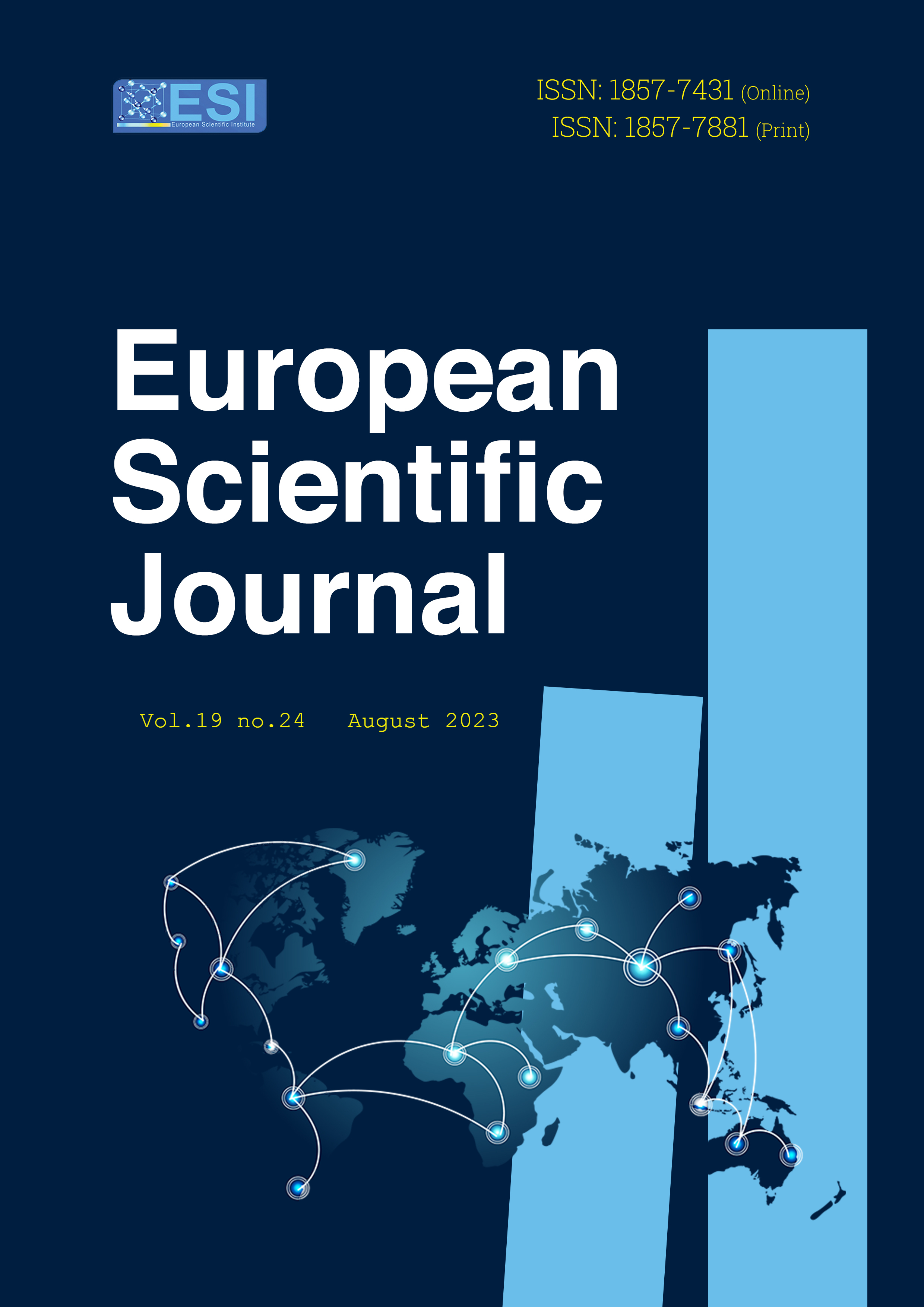Onsite Load Bearing Capacity of Curved-up versus Straigt Beams
Abstract
Straight and curved-up beams are cast as part of the frame models. The models are made as single-span, double-span, and triple-span models. Experimental investigation is conducted to predict load capacity of curved-up beams compared to straight beams. Six models: single-span, double-span and triple-span are presented. Onsite, masonry blocks and bricks, steel pipes and gravel are used to load the beams uniformly. Load is applied gradually until failure mechanism. Enhancement to load capacity is observed in the range between 8.67% to 14.12%. The average enhancement ratio can be taken as 11% due to curved-up effect. Load capacity of interior curved-up beam/span will enhance by 120.3% and 131.3% for both straight and curved-up beams.
Downloads
Metrics
PlumX Statistics
References
2. Kotsovos, M. D., and Lefas, I. D. (1990). Behavior of Reinforced Concrete Beams Designed in Compliance with the Concept of Compressive-Force Path. ACI Structural Journal, 87 (2), pp. 127-139, March-April.
3. Kumar, M., Prashant, Sh., Kamath, M. (2022). Enhancing the sustainability of high strength concrete in terms of embodied energy and carbon emission by incorporating sewage sludge and fy ash, Technical Paper, Innovative Infrastructure Solutions (2022) 7:240,
https://link.springer.com/article/10.1007/s41062-022-00837-5
4. Liu JB, Li X. (2012). Realization of strong column-weak beam failure mode for concrete-filled square steel tubular frame structure. In Advanced Materials Research, Vol. 446, pp. 424-428. Trans Tech Publications Ltd. https://doi.org/10.4028/scientific5/AMR.446-449.424
5. Mirghaderi SR, Mahmoudi B, Gharavi A, Dolatshahi KM, Epackachi S. (2021). Experimental investigation of moment resisting frames with perforated shear link. In Structures, Aug 1, 32, 516-531. Elsevier. https://doi.org/10.1016/j.istruc.2021.03.060
6. Nilson, Arthur H., and Winter, George (1986). Design of Concrete Structures. 10th Ed, New York, pp3 243-272, McGraw-Hill Book Company.
7. Price, W. H. (1951). Factor Influencing Concrete Strength. Proc. ACI, 47, 417-432.
8. Regan, P. E. (1975). Catenary Action in Damage Concrete Structures, Symposium Paper, ACI International Concrete Abstracts Portal, 48, 191-224. DOI: 10.14359/17864.
9. Roberts, E. H. (1968). Load Carrying Capacity of Slab Strips Restrained Against Longitudinal Expansion. Concrete, 3, 369-378, September.
10. Smarzewski, Piotr (2018). Analysis of Failure Mechanics in Hybrid Fibre-Reinforced High-Performance Concrete Deep Beams with and without Openings. MDPI, Materials, Switzerland. (2019, 12(1), 101; https://doi.org/10.3390/ma12010101).
11. Tharmarajah, G., Taylor, S., Robinson, D. (2023). Experimental and Numerical Investigation of Compressive Membrane Action in GFRP-Reinforced Concrete Slabs. Polymers, 15, 1230, 1-17.
https://doi.org/10.3390/polym15051230
12. Troxell, G. E., Davis, H. E. and Kelly, J. W. (1968). Composition and Properties of Concrete. 2nd Ed., New York, p.247, McGraw-Hill Book Company.
13. Vessali, Nima (2015). Compressive Membrane Action in Reinforced Concrete Beams. Sydney, Australia, Thesis submitted for Doctor of Philosophy, School of Civil and Environmental Engineering, University of Technology, pp. 6-7.
14. Wang, S., Kang, S., Fu, Q., Ma, J., Ziolkowski, P. (2021). Analytical approach for membrane action in laterally restrained reinforced concrete square slabs under uniformly distributed loads. Journal of Building Engineering, 41, 1-17.
15. Westergaard, H. M., and Slater, W. A. (1921). Movements and Stresses in Slabs. ACI Journal Proceedings, 17, 415-538.
Copyright (c) 2023 Kanaan Youkhanna

This work is licensed under a Creative Commons Attribution 4.0 International License.








